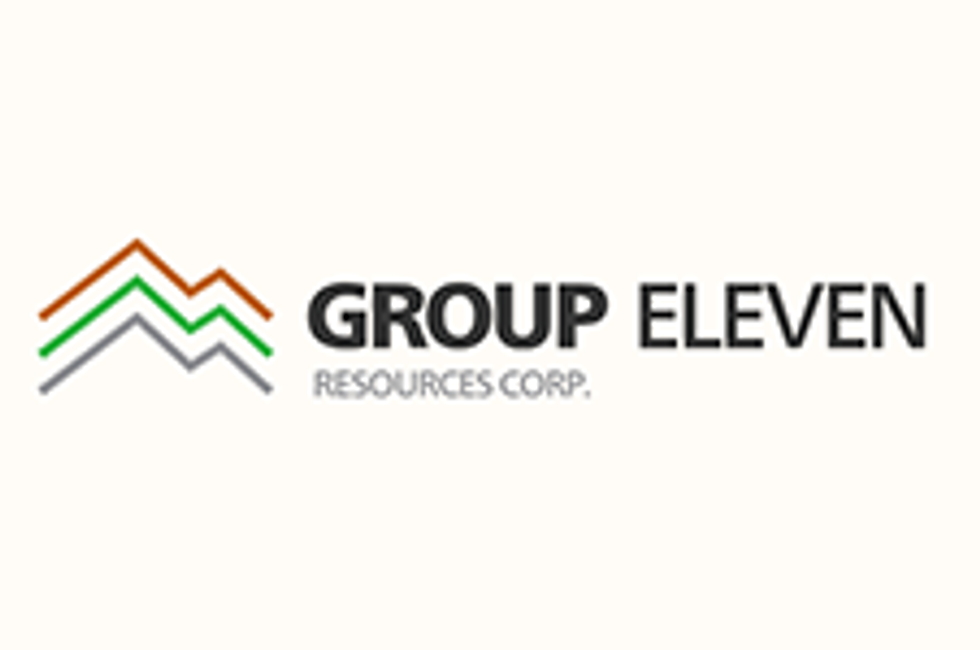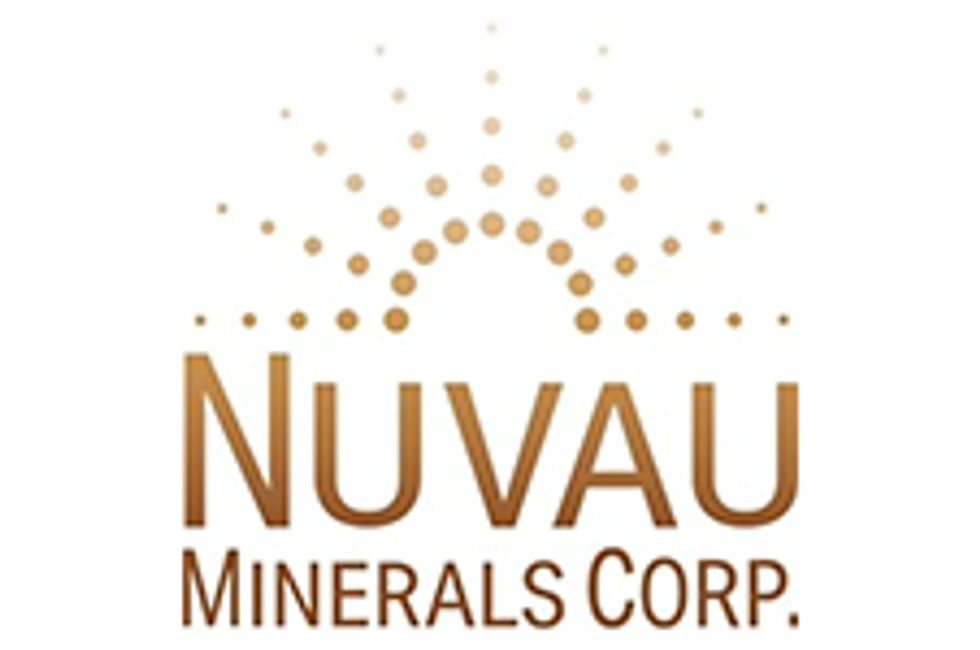Zinc Exploration in the Mining-friendly Jurisdiction of Spain

Spain is one of the most mineral-rich countries in Western Europe and is offering new supply for the zinc market.
Zinc reigns as a highly essential metal in today’s global economy. From electric vehicles to critical infrastructure, zinc is the fourth most widely consumed metal in the world.
The rising demand for modern infrastructure development around the world has the potential to drive zinc production and new exploration projects. In China, the world’s leader in zinc production, the resource has become critical to the country’s ambitious infrastructure projects like the Belt and Road Initiative.
As nations continue to modernize through advancements in infrastructure, explorers have continued to seek out new zinc deposits. In Europe, Spain’s mineral-rich southern region is attracting mineral companies wishing to explore for zinc resources in a stable mining jurisdiction.
The zinc market and global infrastructure
Zinc is an important ingredient in the manufacturing of many everyday materials, from rubber and paints to cosmetics and pharmaceuticals. Alloyed to copper and other metals, zinc is found in electrical components and household fixtures. The silvery-white metal’s strong anti-corrosive properties and ability to bond well with other metals makes it an essential component for galvanized steel, which is why half of all global zinc consumption is used in the production of vehicles and critical infrastructure. Not surprisingly, the long-term outlook for zinc is strongly tied to infrastructure demand. According to the World Economic Forum in 2019, global investment in infrastructure is expected to reach US$79 trillion by 2040.
While Asian economies such as China and India have witnessed the most infrastructure growth in recent years, Europe’s construction industry is expected to pick up in the near-term, according to Research and Markets analysts. “Electricity and power infrastructure will be one of the fastest sectors in Europe as countries across Europe reaffirmed their commitment to advance the implementation of the Paris Agreement and intensify their cooperation on climate change and clean energy. Railway infrastructure will also positively affect the forecast.
Additionally, the leaders of G7 countries at the 2022 G7 Summit pledged to invest US$600 billion for infrastructure development in developing nations over five years.
Spain offering new supply for zinc market
One of Europe’s largest zinc smelters, and in fact one of the largest zinc smelters in the world, is the San Juan de Neiva smelter in Spain. Located on the northern coast of Spain, the smelter is operated by Glencore (LSE:GLEN,OTC Pink:GLCNF) subsidiary Asturiana de Zinc and has an annual production capacity of 550,000 metric tons of the metal.
Spain is one of the most mineral-rich countries in western Europe, especially in the south where the Iberian pyrite belt has given rise to one of the largest concentrations of volcanic-hosted massive sulfide (VMS) deposits on the planet. VMS deposits are known to be long-term producers containing sizeable amounts of copper, zinc, gold and silver. The region hosts many supergiant deposits including the Rio Tinto VMS deposit, which gave rise to mining giant Rio Tinto (ASX:RIO,LSE:RIO,NYSE:RIO). Spain is also home to the Aguas Tenidas copper-lead-zinc mine, one of the largest base metals projects in Europe. Brought into production by Iberian Minerals, the mine was purchased by Trafigura Group in 2012.
“Spain is one of the best mining jurisdictions in Western Europe. The rich geology of the southern region of Spain has given rise to more than 1,000 known mineral deposits. The country’s transparent mining policies, fiscal incentives to promote mining and exploration, well-developed infrastructure and skilled workforce have attracted a new wave of international mineral exploration companies in recent years,” Norman Brewster, CEO of Merida Minerals (TSXV:ESPN), told the Investing News Network. A professional geologist and veteran mining industry exec, Brewster was one of the founders of Iberian Minerals and was instrumental in bringing the Aguas Tenidas mine into production.
Merida Minerals is developing the Puebla de la Reina (PBR) project in the historic mining district of Extremadura in Southern Spain. First discovered by Spain’s National Institute of Mining and Geology in 1981, the PBR project hosts a copper-zinc-lead VMS deposit with an extensive historical exploration database generated by global stainless steel producer Outokumpu between 1999 and 2001 that includes a historic resource base.
“Merida believes that current commodity supply, metal prices, grade and technological advances since the 1990s make PBR an attractive exploration and development project,” Brewster said. "We plan to leverage this historical database as we further develop the PBR project."
The potential for discovery in Spain has attracted several other players to Southern Spain and its Iberian pyrite belt. Pan Global Resources (TSXV:PGZ) is similarly targeting copper, zinc and gold at its Escacena VMS project along the belt. The property hosts two large gravity anomalies, including the La Romana massive sulfide copper deposit and the Cañada Honda gravity target, which hosts a large lead and zinc anomaly.
Additionally, Emerita Resources (TSXV:EMO,OTCQB:EMOTF) is developing its Iberian Belt West project, which hosts two high-grade VMS zinc-copper-lead-silver deposits at surface to shallow depths: La Infata and Romanera. The project has been the focus of an active drill campaign in 2022. Denarius Metals’ (TSXV:DSLV,OTCQB:DNRSF) flagship Lomero-Poyatos project is also located in Spain’s Iberian pyrite belt. Drill work on the property continues to confirm high-grade gold as well as high-grade polymetallic mineralization including lead, copper and zinc.
Takeaway
Zinc’s necessary role in the development of the world’s infrastructure projects has easily made it one of the most important metals in the commodities markets. China’s ambitious infrastructure goals are expected to require significant amounts of zinc, which could put pressure on global sources of supply. Based on its history as a productive mining jurisdiction, Spain’s Iberian pyrite belt region has the potential to supply zinc to infrastructure projects within Europe and around the world.
This INNSpired article was written as part of an advertising campaign for a company that is no longer a client of INN. This INNSpired article provides information which was sourced by INN, written according to INN's editorial standards, in order to help investors learn more about the company. The company’s campaign fees paid for INN to create and update this INNSpired article. INN does not provide investment advice and the information on this profile should not be considered a recommendation to buy or sell any security. INN does not endorse or recommend the business, products, services or securities of any company profiled. If your company would benefit from being associated with INN's trusted news and education for investors, please contact us.

